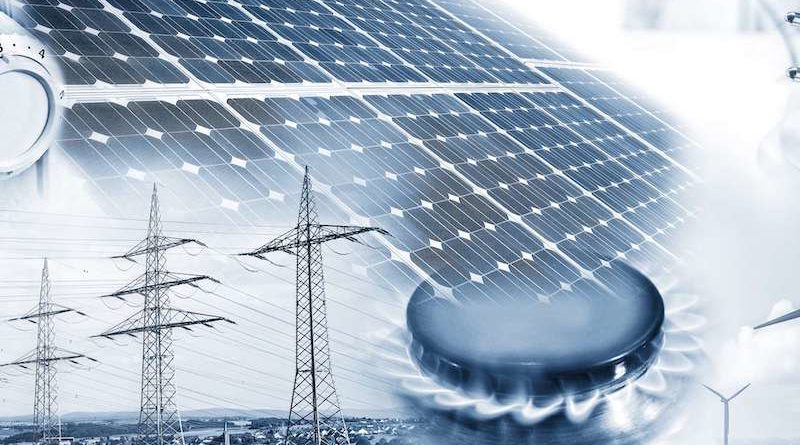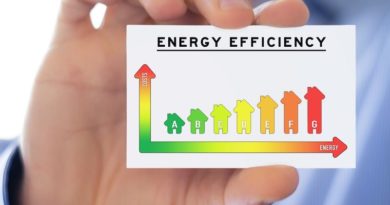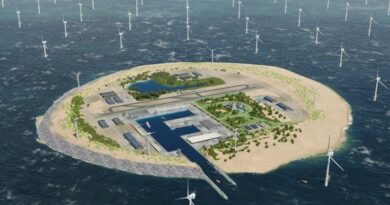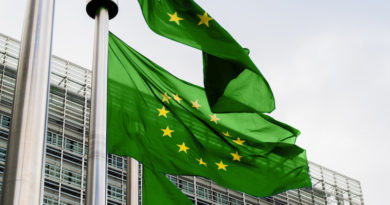
Gas is central to the energy transition and decarbonising it will be a cross sector effort
We need everything. These words are repeated over and over again when we discuss decarbonisation. They ring true. In parallel with electrification, gaseous fuels are essential to fulfilling EU climate objectives. In the short- and medium-term natural, renewable and low-carbon gases offer emissions cuts through coal and oil to gas switching. Low carbon gas is essential to scaling hydrogen markets and will complement green hydrogen production. In the long term, gases will provide a cost-effective and inclusive energy source to complement renewable and low carbon electricity.
In Eurogas’ vision for 2050, we foresee a decarbonised electricity system supported by a decarbonised gas sector. It will not be easy getting there. All parts of the energy industry will play a role in delivering on carbon neutrality.
Our members are ready to be a driving force in this process, and as an association we need to collaborate with others who share our goals.
The Eurogas Pathways study carried out by DNV has shown that the most cost-effective route to carbon neutrality includes delivering volumes of renewable and low carbon gas. This study has resulted in growing understanding among stakeholders that gas – natural, renewable and low-carbon – will have to be part of the energy mix if we are to achieve carbon neutrality. We can even deliver a carbon neutral gas sector well before 2050 if the policy framework enables a swift transition. Therefore, our major goal in the coming years is to continue to work with all willing stakeholders to define the role of gas in decarbonisation and make sure it provides the necessary flexibility, storage and security for the energy systems.
In the transport sector, both in Eurogas and the European Commission’s assessments, the use of gases increases from 2% of energy demand in 2017, to 18% by 2050. It is clear that electricity will dominate commercial and passenger vehicles by 2050, but it will be marginal for maritime and aviation where gases will play a key role. This growing market can be supplied by renewable gases, like biomethane and hydrogen.
Looking to agriculture, the European Commission recognises that demand for biomethane will continue to grow. Its role in decarbonising the buildings sector through blending with natural gas is essential in the short- and medium-term. The readily available infrastructure makes it a cost-efficient option. In the long run, that existing gas infrastructure can carry renewable and low carbon gases. By coupling biomass and biogas with CCS, we can achieve net negative emissions while producing energy. This will require cross-industry cooperation and offer much needed rural job creation for an inclusive energy transition.
To ensure that the share of renewable gases increases, we have launched a call with 15 other associations spanning technology providers, heating providers, certification associations and others, for binding and concrete 2030 targets.
These would set the path to reduce the greenhouse gas intensity of gas consumed in Europe by at least 20% compared to 2018 levels and increase the uptake of renewable gases to at least 11% of gas consumed. Thanks to our efforts, the idea of such targets is now growing in strength.
Working with other associations in this way is key to reaching our climate objectives and as such we are also a member of the European Net Zero Alliance (ENZA). There, with like-minded organisations, we advocate for cross-sectoral and cross-vectoral cooperation. ENZA works to promote market access to all low-carbon solutions and identify synergies that can accelerate the delivery of climate neutrality.
Integrating the gas and electricity systems will be crucial to delivering on net zero before 2050. The use of existing gas infrastructure to transport blended hydrogen and biomethane for power generation to support variable renewables is vital for system security.
In consumers homes we see hybrid heat pumps as a way to deliver affordable heat in a carbon neutral world, maximising the efficiency and cost effectiveness of both energy sources. There’s undoubtedly potential for much more. We know that optimising the role of gas in the transition can reduce its cost by €4.1 trillion by 2050, more than the GDP of Germany in 2019. It’s worth exploring how we can add to that saving through synergies between sectors.
Just like electricity, gases are part of the solution to get us through the transition. The Fit for 55 and Gas Decarbonisation packages are our chance to get the policy framework we need. Our vision for decarbonised electricity and gas sector by 2050 is possible, but we need to work together to achieve it.




